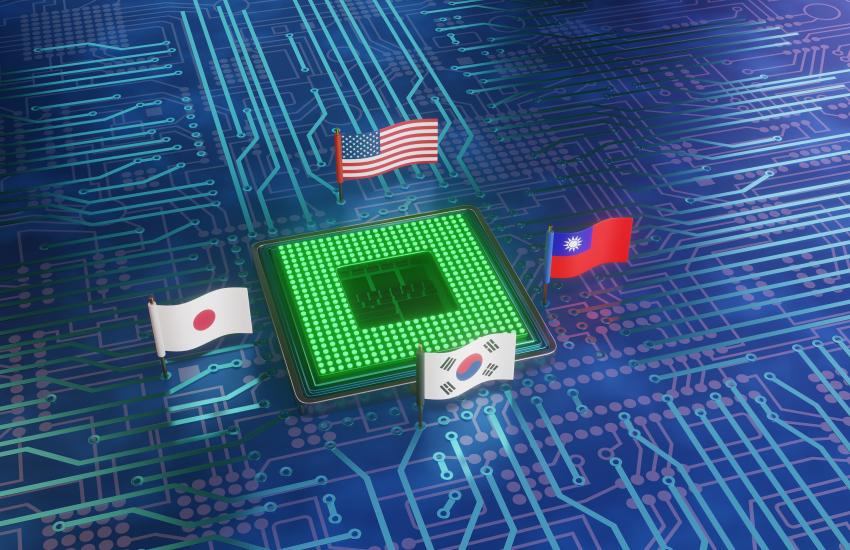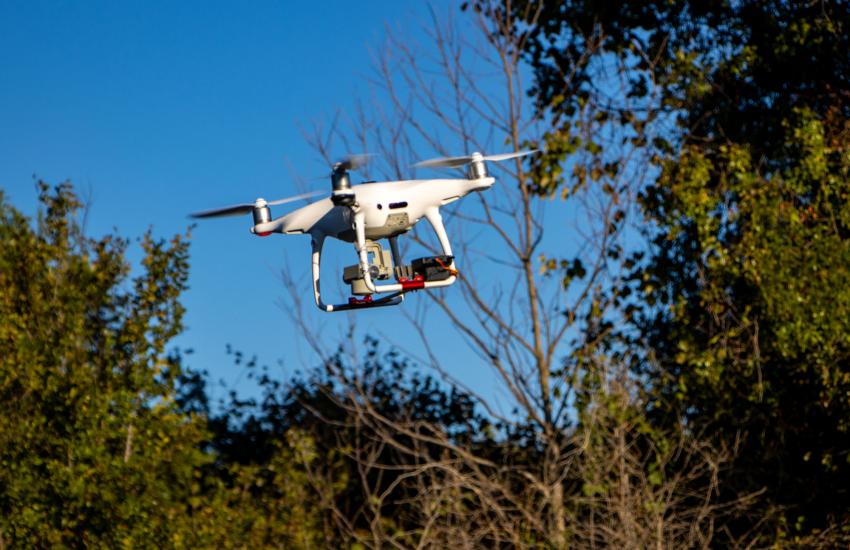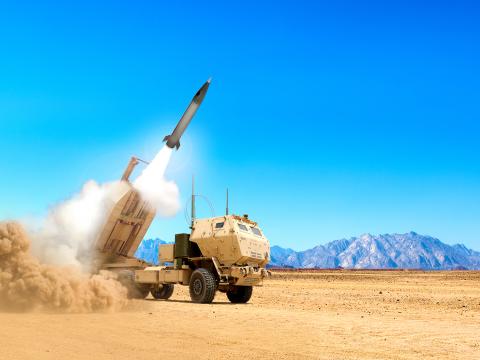Small Businesses Adapt for Advantage in Dual-Use Era
Startups and other businesses that do not traditionally work with the Defense Department face challenges when attempting to break into the military market, including navigating the rules, regulations, policies and terms for dual-use technologies.
Experts debate prioritizing defense in dual-use tech development amid economic restrictions and international regulatory challenges.
“When we talk dual-use what we really are talking about and should be talking about is identifying a commercial product that exists that has some applicability to defense,” said Andrew Glenn, president of Aeromass Flight Systems.
For Glenn, an application that started as military capability and later found its way to the consumer market, like GPS or the internet, does not quite fulfill the definition. Glenn is also a defense technology expert and investor.
Jake Chapman, managing director of Marque Ventures and another venture backer, says there is a conflict that must be resolved before discussing these technologies.
“I think we need to be able to build and have pathways for companies to build for [the Department of Defense] first,” said Chapman.
“The reason for that is if you build for industry first and wait until you’re successful there, it takes five to 10 years to find the market fit,” Chapman added and explained that during those years whatever edge the military could have capitalized against near-peer adversaries is lost, as the company is focused on succeeding with consumers.
For Chapman, companies that develop applications with potential defense capabilities should focus on that from the start and not postpone pitching to the military.
The urgency in bringing innovation to warfighters lies in the speed of innovation and conflict-accelerated evolution.
“What’s interesting about dual-use is that we see both being used by adversaries, as well as by those on the defensive side,” said Luke Fox, CEO of WhiteFox Defense Technologies.
Especially since gaining notoriety in Ukraine, drones seem to be the products that have transitioned from shelf to battlefield with the most ease. Household brands for hobbyists have become war consumables and are used for a wide array of missions.
Still, drone use has posited new hard questions, as the line between a product or technology is hard to draw. While UAVs, or unmanned aerial vehicles, have shown their importance in Ukraine, their components, and their cybersecurity, have become critical for all those involved.
“Technologies also have disruptive effects and necessitate cybersecurity questions,” said the European Commission in a 2021 paper.
Some products, like cutting-edge chips for civilian use, could be repurposed to empower adversaries’ capabilities.
In the United States, the export of goods or services with dual-use is overseen by the Department of Commerce (DoC).
“Dual-use export licenses are required in certain situations involving national security, foreign policy, short-supply, nuclear non-proliferation, missile technology, chemical and biological weapons, regional stability, crime control, or terrorist concerns,” the Bureau of Industry and Security, DoC, explained as main criteria.
The office regulates semiconductor trade with China, among other activities. It is responsible for stopping China from obtaining semiconductors, or the equipment to manufacture them, that could be used to “produce advanced military systems including weapons of mass destruction; improve the speed and accuracy of its military decision making, planning, and logistics, as well as of its autonomous military systems; and commit human rights abuses,” according to a 2022 release.
This regulation also covers reexports from other countries.
It should be noted that human rights support dates back to the U.S. Export Control Reform Act of 2018 and was included as a policy goal in that text.
Semiconductor supply chains are wide, and many parts may lie beyond the scope of controls.
“Despite the increasing need for export control coordination between like-minded states, existing multilateral export control frameworks are too narrowly scoped to address today’s technological challenges,” stated Hannah Kelley, research associate, Technology and National Security Program at the Center for New American Security, a think tank.


Kelley laid out the challenges to enforce these restrictions.
“Current multilateral country-agnostic regimes such as the Wassenaar Arrangement (see sidebar, page 23), which coordinates multilateral export controls on dual-use technologies, focus on nonproliferation and conventional military-related objectives,” Kelley explained in a paper.
Kelley explained that a special difficulty for both the international regimes as well as U.S. regulation is China’s military-civil fusion strategy.
This is what concerns Chapman.
“What happens if China, their engineers, develop something on day zero and they sell it, or they provide it to the PLA [People’s Liberation Army] on day one, we have a 10-year capability gap if our standard advice to founders from both the DoD [Department of Defense] and from VCs (venture capitalists) is ‘build commercial first, then sell to DoD’, we’re institutionalizing a 10- year capability gap,” Chapman told SIGNAL Media in an interview.
Chapman described the time it takes a startup to go from launching a successful commercial product to being able to consider a DoD market expansion.
Still, some are trying to juggle both commitments.
“When we are designing products today, we are more likely to be thinking about a go-to market strategy that includes defense purposes at the same time,” Glenn told SIGNAL Media in an interview.
The DoD and other agencies have grants and programs for budding companies that seek to enter the defense sector.
While this could be helpful, Chapman has a warning for those on this path.
“You can’t get a grant from an organization and have them tell you how awesome you are and how much they like your technology, and how much they want to work with you and assume that is going to ever lead to, like, a real procurement contract,” Glenn warned and explained that
programs offering funds are separate from the buyers.
“Take the grant money, build your technology, but it’s still your responsibility as a founder, as a CEO, as a business owner, to go find the buyers at the PEO [program executive office] and make sure they know what your capability is,” Glenn added.
Both Glenn and Chapman concluded that successful defense companies have focused on building capabilities that were first in demand from warfighters, and later invested heavily in presenting those innovations to the right people at the DoD.
Still, for investors, the dual-use Holy Grail can only turn into a profitable, sustainable business if the startup manages to turn a profit on either the civilian or military side. But both at the same time is a long shot that could come at the cost of bankruptcy.




